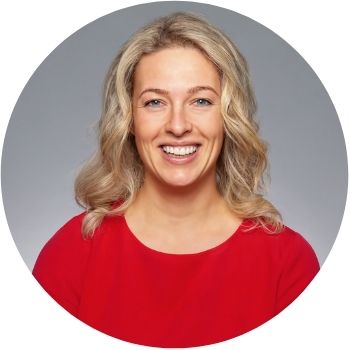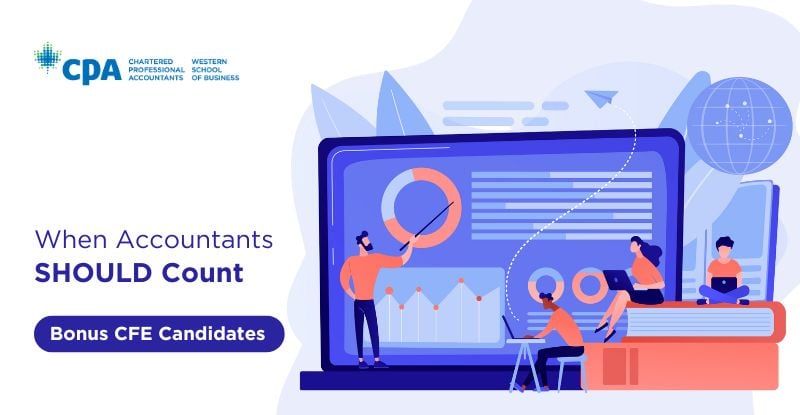
Contrary to popular belief [warning: sarcasm alert], most people are probably not “born” knowing they wanted to become accountants. Some find this calling after high school, others after an unrelated degree, while others may decide to become a Canadian CPA as a newcomer to Canada. Whatever your path, there is a path for you to become a CPA. This article will discuss the various “entry points” for candidates as they embark on their journey toward becoming a CPA.
CPAWSB has mapped out the various paths in which learners find themselves ready – or near-ready – to start CPA PEP:
- Applicant with an International Designation
- Applicant holding or completing an international (non-Canadian) degree
- Applicant holding or completing a degree from a Canadian post-secondary institution
- Applicant with NO degree, but at least eight years of relevant experience
- Re-admission to CPAWSB or Transferred to CPAWSB from another CPA PEP region
While the specific entry requirements may vary slightly depending on your unique situation someone from the provincial CPA Student Recruitment team is available to help discuss your journey. CPA PEP has 14 core and non-core prerequisites that must be met or receive an exemption for before entry. Consider emailing [email protected] if you think you have met any of the CPA PEP or CPA preparatory courses prerequisites.
Okay, so that is a lot to say that when you do determine whether you have at least one core or non-core prerequisite to complete, you have options:
CPA preparatory courses
Wondering how you might benefit from taking courses at CPAWSB? Many CPA PEP candidates said that by taking the CPA preparatory courses to meet the prerequisites, they got used to the “feel” of CPA PEP. While there are differences between CPA PEP and CPA preparatory courses content and delivery, both programs use the CPA Canada eBook and Desire2Learn learning management system. Consider reading more about CPA preparatory courses or contact your provincial CPA Student Recruitment team to understand if this could be your path forward.
Courses at a PSI
If you love traditional classroom learning, you may wish to contact a post-secondary institute (PSI) in your area. You can cross-reference the core and non-core courses required to enter CPA PEP with those listed on CPAWSB PSIs. An interesting option to consider is whether a local PSI has a classroom “fast-track” of sorts – like the University of British Columbia’s Diploma in Accounting Program (DAP). Lauren Holland, CPAWSB’s recent KBH Exemplary New Professional Award, discusses how DAP helped her take all her PEP prerequisite courses while working. As great as it may sound, the fast-track option may not be for everyone so try to plan out your schedule according to your capacity.
Want to make money, live a life with purpose, or if you design your life with intention, potentially both? You working towards CPA PEP means you’ll be ready for that. Similarly, we at CPAWSB are here for you. Why wait? Get in touch with an advisor today!
Do you have feedback on this post or a question you’d like answered by an experienced CPAWSB educator? Please contact your facilitator or send a question to the General Topic in the Candidate Discussion forum.

Samantha Taylor, PME, CPA, CA
Samantha Taylor, PME, CPA, CA, is an educator and lead policy advisor for CPAWSB and a Senior Instructor of accounting at Dalhousie University. She is on a mission to understand and enable learner efficacy while eliminating doldrums occasionally associated with accounting education. Read more of Sam’s posts at the CPAWSB blog.




